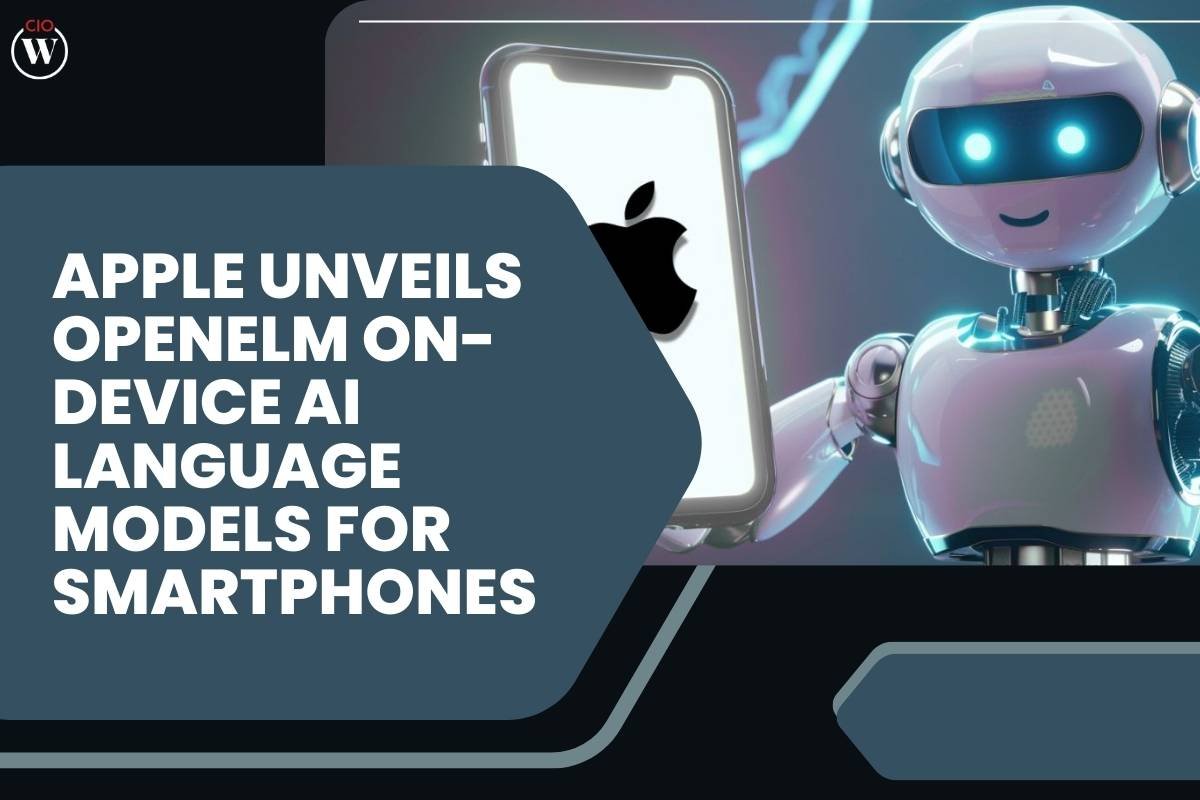Source – FavTutor
In a significant stride toward on-device AI processing, Apple has announced the launch of OpenELM (Open-source Efficient Language Models), a groundbreaking set of miniature AI language models. These models, introduced on Wednesday, are designed to operate directly on smartphones, marking a departure from the conventional reliance on cloud-based data centers for AI processing. Apple’s move underscores a shift towards enhancing user privacy and device autonomy in the realm of artificial intelligence.
Apple’s OpenELM Models
Under the umbrella term OpenELM, Apple has unveiled a suite of tiny AI language models tailored for on-device utilization. While primarily serving as proof-of-concept research models at present, they lay the groundwork for future on-device AI offerings from Apple. Available on the Hugging Face platform under an Apple Sample Code License, these models, though not fitting the traditional definition of “open source” due to certain licensing restrictions, provide accessible source code for developers.
Comparison and Features
In comparison to other leading AI models, such as Microsoft’s Phi-3 and Meta’s Llama 3 family, Apple’s OpenELM models boast remarkable efficiency with varying parameter counts ranging from 270 million to 3 billion across eight distinct models. Notably, the models are divided into two categories: pretrained and instruction-tuned, catering to different application scenarios like raw language processing and instruction following for AI assistants and chatbots. With a 2048-token maximum context window, these models were trained on extensive datasets totaling around 1.8 trillion tokens of data, utilizing a layer-wise scaling strategy for optimal parameter allocation.
OpenELM: Apple’s Game-Changing Move, Open Source AI Models Unveiled!
Transparency and Future Prospects
Apple’s commitment to transparency is evident through its release of not only the source code for OpenELM but also the CoreNet library used for training, along with reproducible training recipes. This unprecedented move aims to foster open research and mitigate concerns regarding data and model biases. However, Apple also cautions about potential inaccuracies or biases in model outputs due to the publicly sourced training datasets.
While the integration of these AI capabilities into consumer devices is yet to materialize, speculations suggest that the upcoming iOS 18 update might incorporate on-device AI features to bolster user privacy. Nonetheless, there are hints that Apple might collaborate with tech giants like Google or OpenAI for more intricate off-device AI processing, hinting at a promising future for AI-driven innovations.
With the introduction of OpenELM, Apple takes a significant stride towards democratizing AI processing by empowering smartphones with on-device language models. This move not only augments user privacy but also opens avenues for innovative AI applications in various domains. As Apple continues to push the boundaries of on-device AI, the tech world eagerly anticipates the forthcoming advancements poised to reshape the landscape of artificial intelligence.









